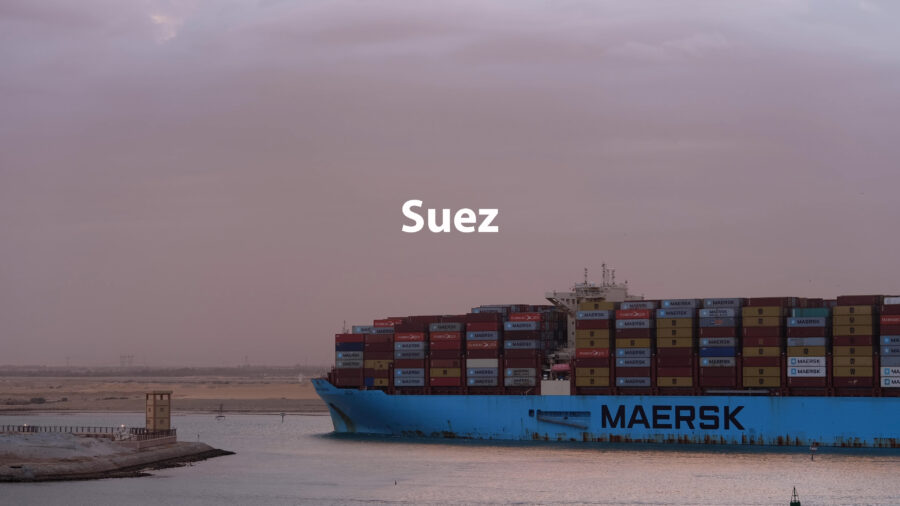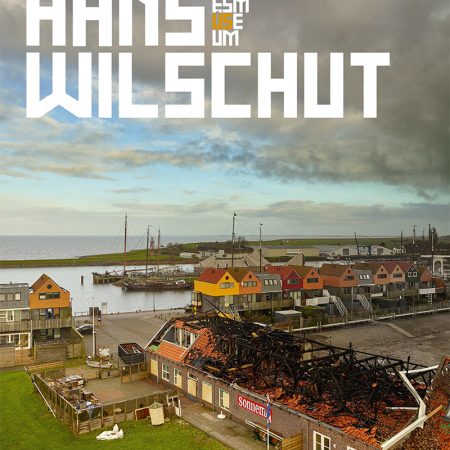Suez

The Suez Canal is one of the main arteries of world trade, connecting the Mediterranean with the Red Sea. An avenue for vessels to pass between Asia and the Middle East and Europe. The canal separates Egypt from the Sinai Peninsula.
In 1830 engineer Linant de Bellefonds performed a survey of the Isthmus of Suez and confirmed that the Mediterranean and Red seas were at the same level of altitude. A canal without locks could be built, making construction significantly easier. The excavation work of the Suez Canal began in early 1859 at the northernmost point of Port Said. An estimated 1.5 million people worked for 10 years on the project. Many of these were slave laborers, and it is believed that tens of thousands died while working on the Suez, from cholera and other causes.
The Suez Canal only has one shipping lane with passing areas in Ballah-Bypass near El Qantara and in the Great Bitter Lake. On a typical day, three convoys transit the canal, two southbound and one northbound. The passage takes up to 16 hours at a speed of around 8 knots. The low speed helps prevent erosion of the banks by ships’ waves.
Today, on average, nearly 50 vessels per day pass along the canal, accounting for some 12% of world trade. It is a crucial channel for natural gas, transporting cargo and oil, enabling shipments to get from the Middle East to Europe.
In 2021 a giant container ship the MV Ever Given with the length of four football pitches became wedged across Egypt’s Suez Canal, blocking one of the world’s busiest trade routes. The ship came from China and was bound for Port of Rotterdam in the Netherlands. about dozens of vessels got stuck in the slipstream of the bulk carrier, for several days waiting for rescue boats to free the 400m-long ship, which was knocked off course by strong winds. The effects on global economy was gigantic as over 400 vessels were scheduled to pass through the Canal in the East-West and West-East directions.
Fourteen tug boats were needed to refloat the ship, and diggers on the ground were working to remove sand from where the ship was wedged into the side of the canal bank. After the refloat the ship impounded for three months near the canal city of Ismailia while a compensation deal was agreed between Egypt and the Ever Given’s owners.
Camera and sound: Hans Wilschut
Editing: Jeremy Broere, Hans Wilschut


